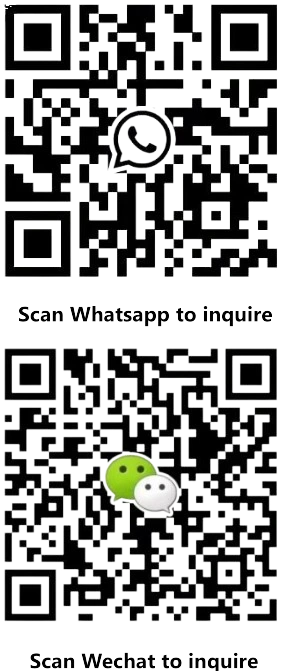Jute bag printing: HTV vs. Screen printing vs. Embroidery – what’s best for durability and cost?
2025-06-28
Have you encountered this: your brand event is days away, and your custom jute bag arrived with cracked logos and peeling prints?
Isn’t that frustrating? Many brands encounter this dilemma when the wrong decoration method meets jute’s tricky texture.
If you are a jute bag wholesale buyer, you probably have heard of heat transfer vinyl, screen printing, and embroidery—but which one is best for your jute bag?
The purpose I write this article is to clear up the confusion for buyers out there.
This article is backed by real tests, my factory insights, and potential risks of each method. I hope it can bring benefit to your project when you communicate with your supplier.
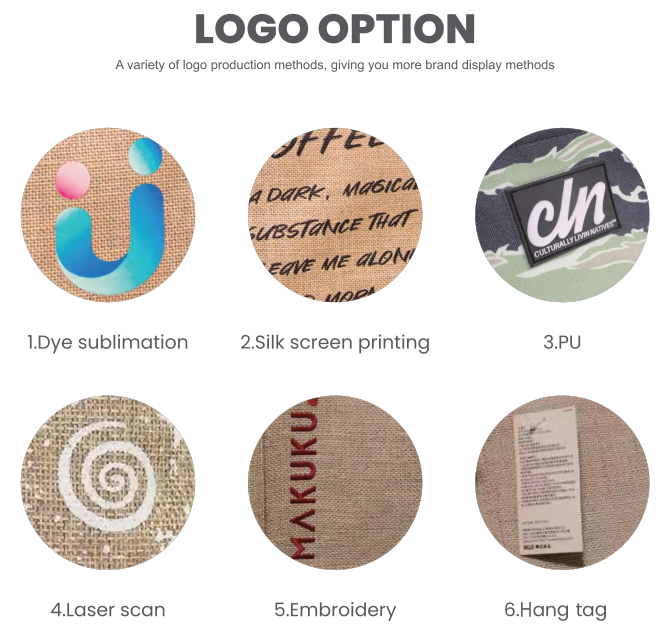
First question: why does jute bag tote need special decoration techniques?
Jute’s natural, eco-friendly charm comes with a catch: its rough, uneven surface and thick fiber make it hard for ink and thread to stick.
To sum up, the key challenges include:
The uneven weave makes designs distort or fade.
Its natural jute color requires strong ink or bold thread (in case of embroidery).
Jute will soak up about 30% more ink than materials like canvas, which will raise costs.
It is important to keep fabric prep processes like ironing and cleaning;
If not, I am afraid there will be many problems in the following process.
Our record shows around 65% of defects stem from poor treatment.
Next, I want to introduce 3 main printing techniques for jute bags:
Method 1:
Heat vinyl transfer (HTV) – it is eye-catching but short-lived.
How it works: Designs are precisely cut from vinyl sheets and then heat-pressed onto jute fabric using high temperature and pressure.
Cost considerations: It is a method very suitable for small batches, lets say less than 100 pcs.
When you have multiple colors and the overall quantity you need is not big, this is your go-to printing method.
Durability: HTV on jute bag totes is not known for durability—the print tends to peel or crack after several washes.
HTV can produce vibrant colors and special effects like metallic finishes.
I recommend HTV for your promotional giveaways or limited-use items, not for daily wear and tear.
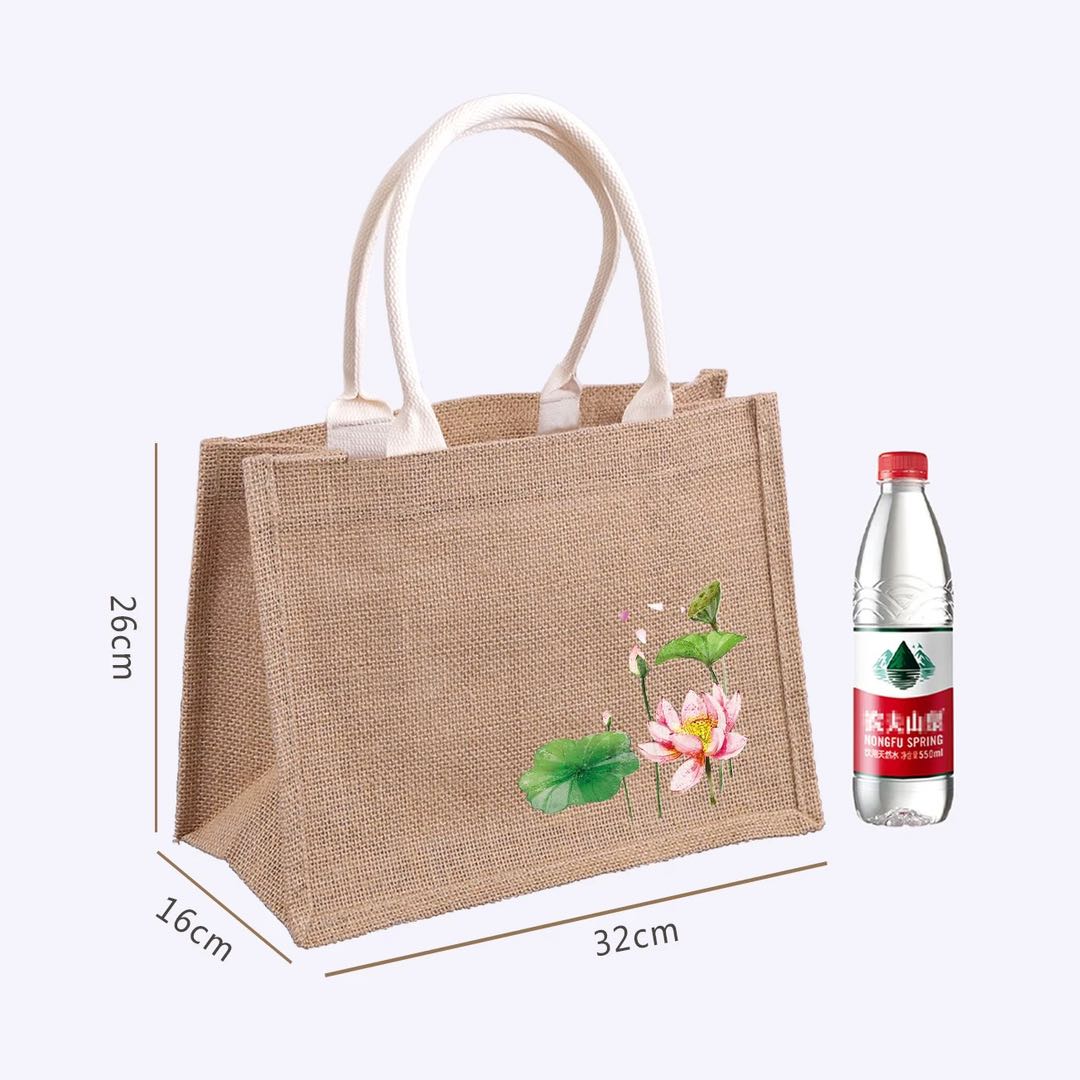
*************************************************************************************************************
Method 2:
Screen printing – The reliable workhorse
How does screen printing on jute bag totes work:
Screen printing, aka silk printing, prints one color at a time.
Screen printing ink is applied to the bag by pushing it through fine mesh screens. This method is highly efficient for large quantity production and its results are very consistent.
The setup cost for screen printing is a bit high, but you can spread it out when you have big quantities like over 500 pcs. For most buyers, I think it is very little problem.
Durability:
Screen printing is known for its excellent durability. The printed image holds up well against UV exposure, abrasion, and repeated washing.
It’s ideal for bold logos and solid graphics. As for fine details, they may appear slightly blurred on a jute bag’s coarse surface.
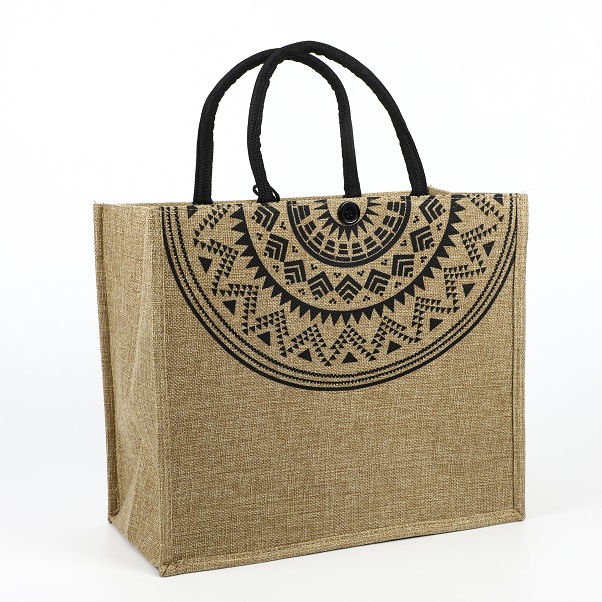
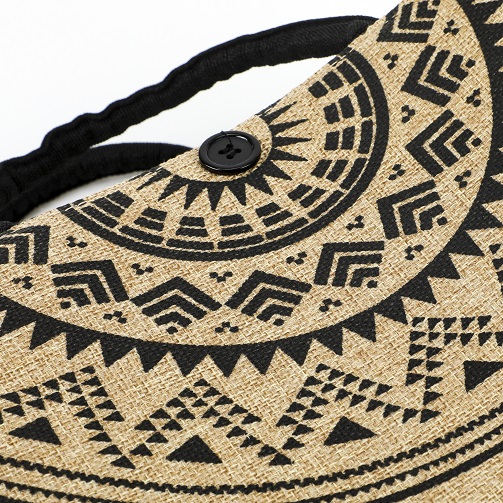
***************************************************************************************************************
Method 3:
Embroidery – durable and luxurious
How it works:
Embroidery involves stitching directly onto the jute fabric using computer-guided embroidery machines.
The process begins with digitizing the image, which allows the machine to follow precise stitch paths for consistent results.
Embroidery is the most expensive option upfront. For some images, there are hundreds of stitches needed—or even over a thousand.
Unlike silk printing, in which you can spread the cost by increasing order quantity, embroidery machine time remains the same regardless of order quantity.
The cost per embroidery depends on the colors and area of the image. Simply put, the bigger the embroidered image, the higher the cost.
My recommendation is that you use one color for your embroidery logo, even if your logo has more than one color.
Once you design your embroidered image, focus on simple shapes and fewer color transitions.
Durability:
Embroidery offers exceptional longevity. Once embroidered, the design won’t fade, peel, or be washed out—even after many years of use.
The stitched thread blends beautifully with the jute material, giving the bag a premium, textured appearance.
Tightly woven jute is a better choice for it than loosely woven jute, because if you embroider on loose jute, it will cause puckering and distortion.
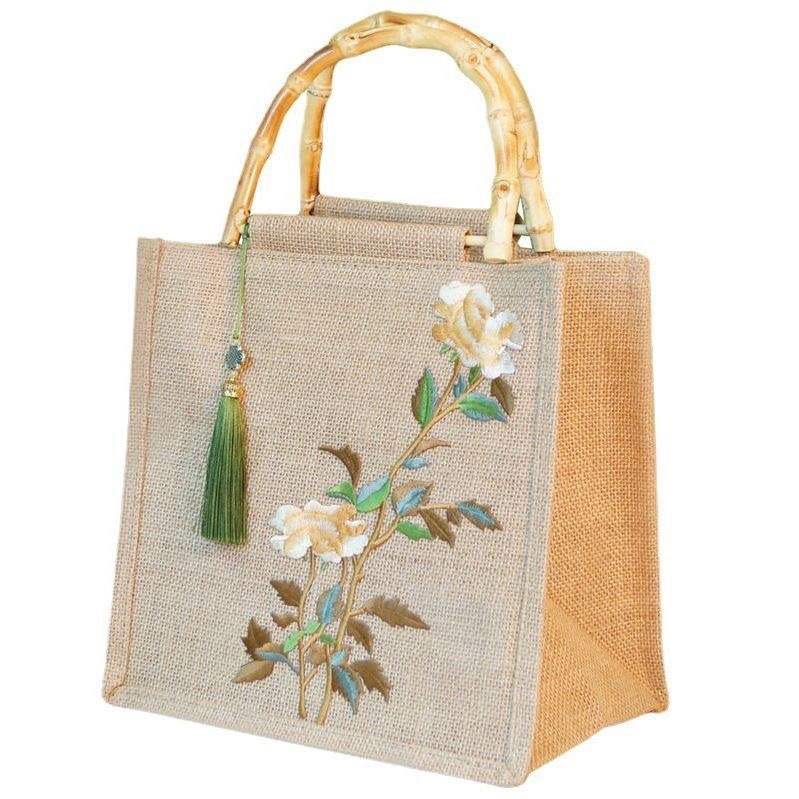
| Factor | HTV | Screen printing | Embroidery |
| Best order size | Small (1-50 units) | Large (500+ units) | Medium (100+ units) |
| Durability | Moderate (hand -wash) | High (Industrial - grade) | Excellent (long term use) |
| Ideal look | Photo, gradients | Bold logos, simple art | Premium branding |
| Fabric feel | Adds stiffness | Softer (with water ink) | Natural integration |
| Main risk | Peeling edges | Ink cracks on rough jute | Puckering, blurred text |
In addition to the above, I have 4 tips for you to prevent jute decoration problems:
Pre-treat every bag
It begins with steam cleaning to remove natural oils from the jute, then iron the jute surface flat at 300°F. If you skip this process, many problems will appear in the following steps.
What kind of artwork should you make?
Jute has a rough texture, so avoid fine lines, intricate details, or gradient effects.
The max number of colors you can go with is 4, if you ask me. Once over that, I suggest we opt for HTV.
Test your fabric before production:
We always test fabric before printing or embroidery, like rubbing it and stretching it.
If the weave frays or feels unstable, then the material is more suitable for screen printing or embroidery instead of HTV—because jute like this won’t hold vinyl properly.
Always ask for samples before placing a bulk order with your supplier.
Wash your sample three times and test durability by folding and scrubbing seams when you get them. This will help reveal how well the decoration will hold up over time.
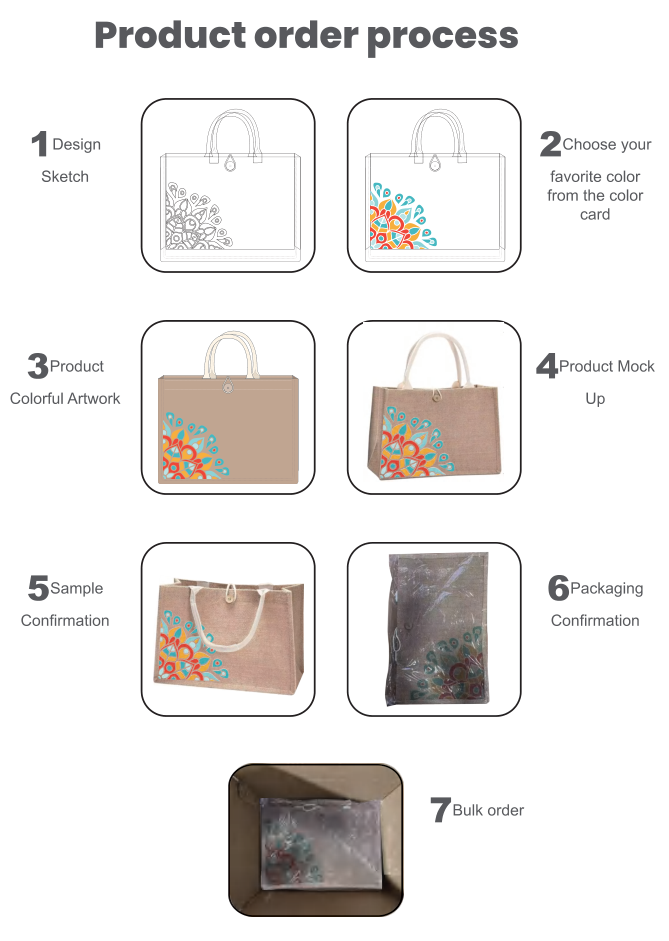
Final Take: A rule of thumb when you choose printing methods:
For small, colorful, fast-turnaround orders: HTV is quick and budget-friendly.
For big quantity orders and everyday use: Screen printing is a suitable choice.
For premium branding that lasts: Embroidery offers unmatched durability and elegance.
If you need more personal advice, hit the WhatsApp button on the right or drop me a letter—I will be responding to you as soon as I see your message.
 English
English Español
Español  Português
Português  русский
русский  Français
Français  日本語
日本語  Deutsch
Deutsch  tiếng Việt
tiếng Việt  Italiano
Italiano  Nederlands
Nederlands  ภาษาไทย
ภาษาไทย  Polski
Polski  한국어
한국어  Svenska
Svenska  magyar
magyar  Dansk
Dansk  Suomi
Suomi  العربية
العربية  český
český  ελληνικά
ελληνικά 



